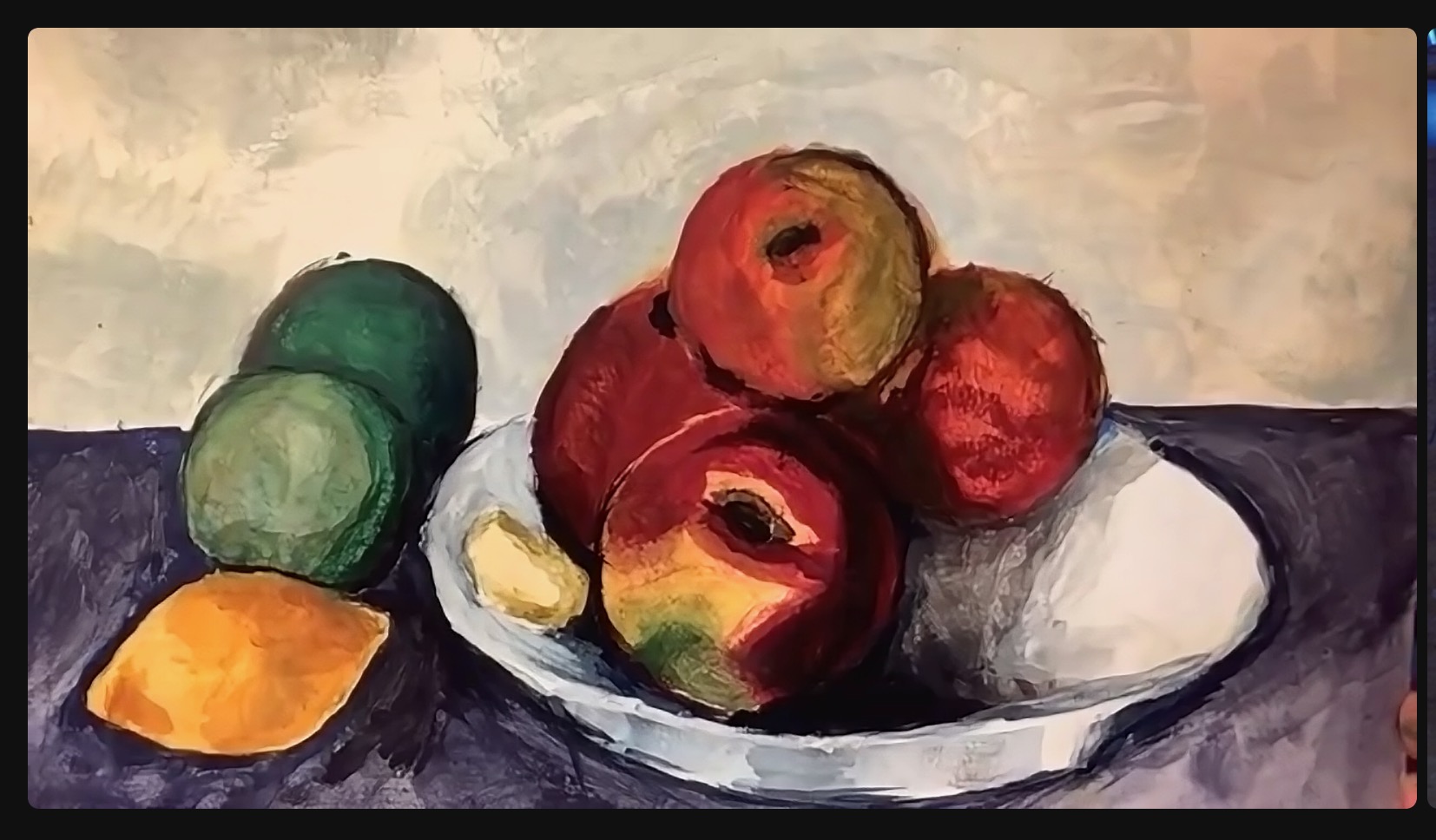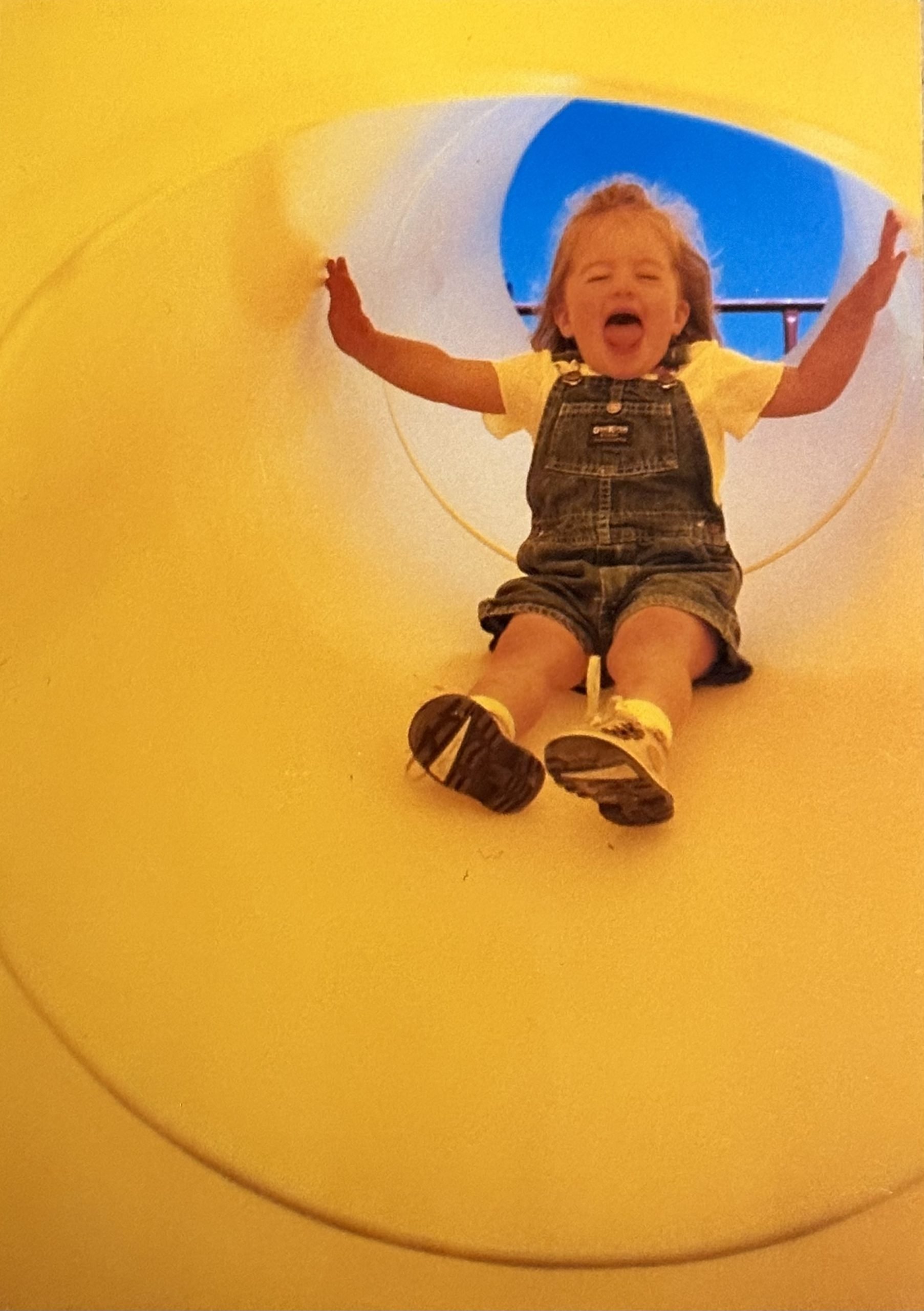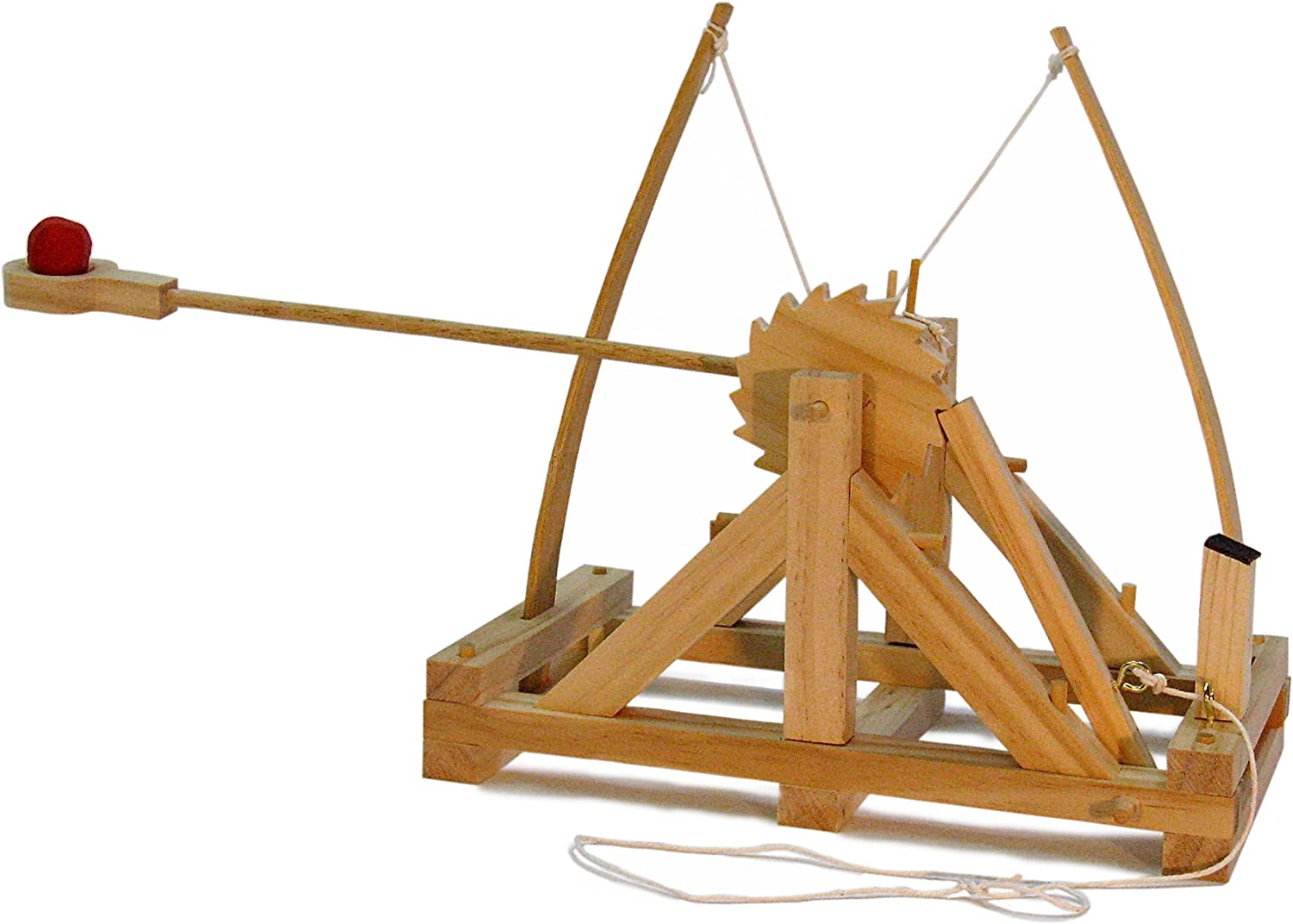Pumpkins are everywhere this time of year! Time to harvest, right? Following are three ideas to help you “switch it up” with pumpkin activities that will surely keep the fall mood stirring!
ONE.
Read (or listen to) a pumpkin story, or two! How Many Seeds in a Pumpkin by Margaret McNamara, illustrated by G. Brian Karas, is a wonderful story that integrates math and inquiry. We love this story so much that weve included it in our Hatchling for Kindergarten Collection! Pumpkin Circle by George Levenson, photographs by Shumel Thaler, is a terrific book that takes the reader on a beautiful book through the life cycle of the pumpkin. Continue the pumpkin science by observing two different pumpkins from various perspectives. Discuss discoveries. Talk about color. You might even compare colors to paint chips from the hardware store! Count the lines. Compare weight. Observe the stem and the bottom of the pumpkin. Cut the pumpkins open. Count the seeds. You might even pick up a sugar pumpkin and make a pie or some muffins! The possibilities are endless.
TWO.
Stitch a pumpkin. This one was made years ago for little hands to learn the running stitch. The pumpkin is a simple drawing cut onto fabric fused with Wonder Under, a material that allows the design to stick with heat to the background fabric. The outer frame, the bordering crooked strips of fabric, are optional. Without these, no sewing machine is necessary. Of course, if you have access to a sewing machine, by all means create a border!
Begin like this:
- Have your child look at and draw a pumpkin.
- Trace elements of drawing to the select fabrics prepared with Wonder Under—stem, body, inner shapes.
- Cut out the shapes, place on the background, and heat with an iron to adhere to the background.
- If you have a sewing machine, run a stitch around the pumpkin to add strength. If not, run a stitch by hand.
- Provide your child with a needle and embroidery floss in bright coordinating or contrasting colors to decorate.=
THREE.
Try to yarn bomb a pumpkin! Several years ago, I bought a white pumpkin and a skein of orange yarn. I set out scissors, glue, and the yarn in a basket next to the pumpkin. Together with my four elementary and middle school aged children we created this fun activity, one length of yarn at a time. Pant the pumpkin with glue, cut a length of yarn to reach from the stem to the underneath of the pumpkin, and attach, one by one. This slow, contemplative work is a terrific activity to set up during October!
~Kimberly








 It’s fall!
It’s fall! 

















